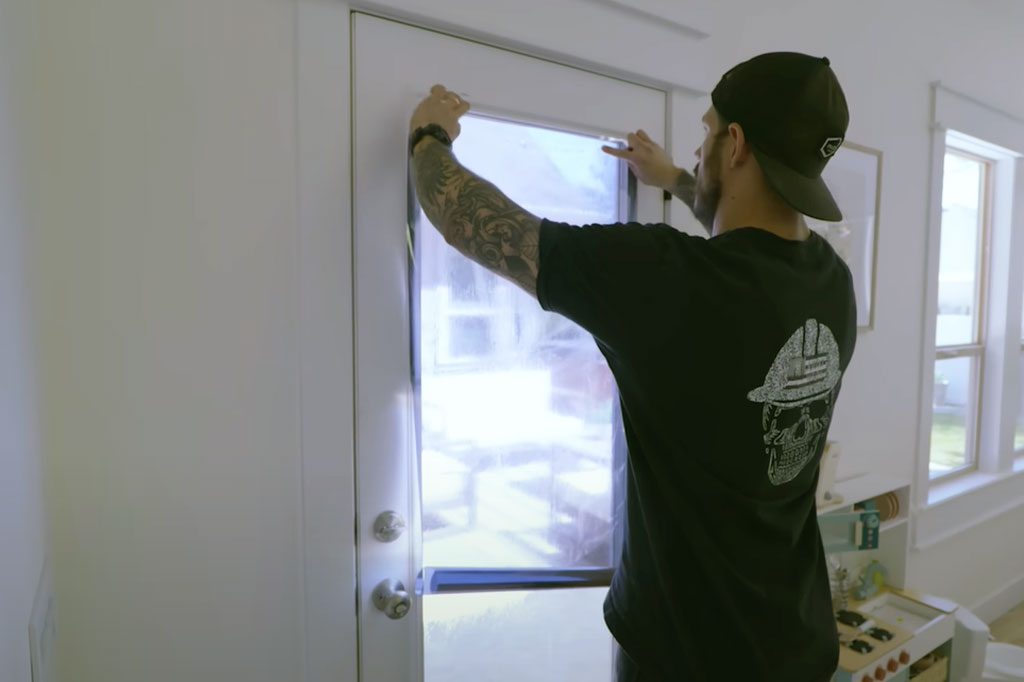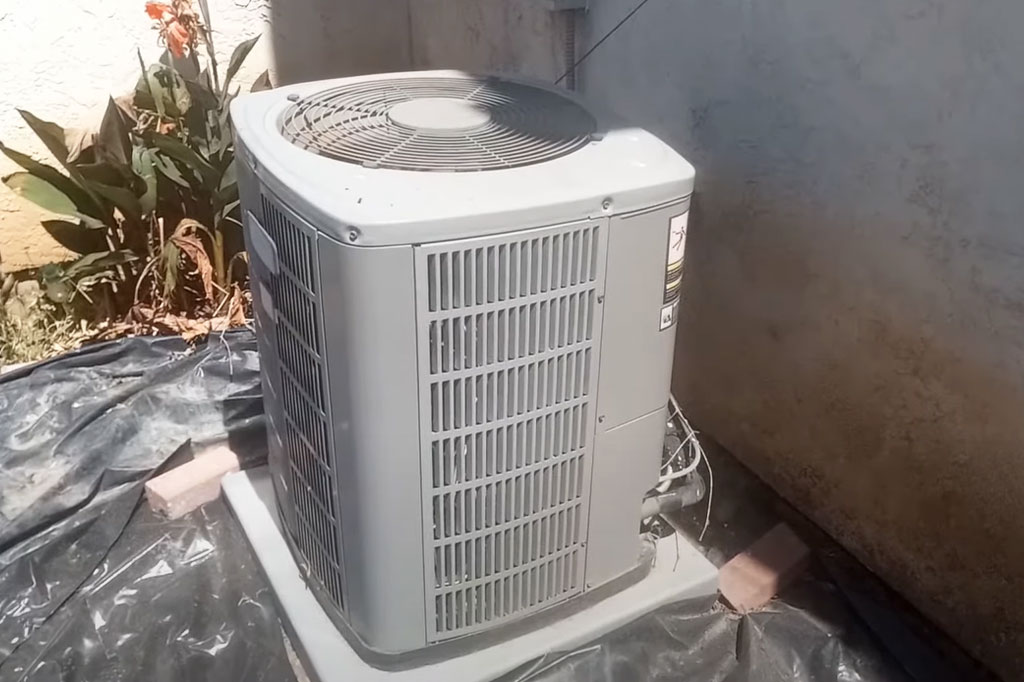
When the scorching summer heat arrives, one of the challenges homeowners face is keeping the upstairs of their homes cool and comfortable. Rising temperatures can make the upper levels of a house unbearably hot, leading to discomfort and higher energy bills. In this comprehensive guide, we will explore various effective strategies and tips to help you maintain a cool and pleasant environment upstairs during the summer months. With these actionable solutions, you can create a refreshing oasis in your home and enjoy the season to its fullest.
6 effective tips to maintain a cool environment upstairs during the summer months
Optimize Insulation and Ventilation
To combat the heat upstairs, it’s essential to ensure proper insulation and ventilation throughout your home. Here are some key considerations:
Insulation
- Evaluate Your Insulation: Start by assessing the insulation in your walls, attic, and ceilings. Insufficient or outdated insulation can contribute to heat transfer, making the upstairs warmer. Consider upgrading to modern insulation materials like foam or fiberglass, which offer better thermal resistance.
- Seal Air Leaks: Identify and seal any gaps, cracks, or leaks in windows, doors, and walls. These air leaks can allow warm air to enter your home and cool air to escape, impacting the overall efficiency of your cooling system.
Ventilation
- Utilize Natural Ventilation: Take advantage of natural airflow by opening windows strategically. Create a cross-breeze by opening windows on opposite sides of the house to encourage air circulation. Use window fans or venting skylights to enhance the airflow.
- Install Attic Ventilation: Adequate attic ventilation is crucial in preventing the buildup of hot air. Install ridge vents, soffit vents, or attic fans to promote proper air exchange and reduce heat accumulation.
Enhance Air Conditioning Efficiency
An efficient air conditioning system is key to keeping the upstairs cool. Consider the following tips to optimize your cooling system’s performance:
- Regular Maintenance: Schedule annual maintenance for your air conditioning unit to ensure it operates at peak efficiency. Clean or replace air filters regularly to maintain proper airflow and reduce strain on the system.
- Programmable Thermostats: Install programmable thermostats to adjust the temperature based on occupancy. Set higher temperatures when the upstairs is not in use to save energy and lower costs.
- Zoning Systems: Consider installing a zoning system that allows independent temperature control for different areas of your home. This way, you can focus cooling efforts on the upstairs during the summer, preventing unnecessary cooling of unoccupied spaces.

Utilize Strategic Shading Techniques
Proper shading techniques can significantly reduce heat gain and keep the upstairs of your home comfortably cool. Here are some effective strategies:
- Exterior Awnings or Shades: Install exterior awnings or shades on windows facing direct sunlight. These shading devices can block a significant amount of solar heat, preventing it from entering your home.
- Window Films or Tinting: Apply window films or tinting to reduce the amount of heat and UV radiation entering through the windows. These treatments can also enhance privacy and protect your furnishings from fading.
- Indoor Blinds and Curtains: Utilize blinds or curtains on windows to block sunlight during the hottest parts of the day. Choose light-colored or reflective materials to minimize heat absorption.
Improve Air Circulation and Fans
Enhancing air circulation can make a substantial difference in maintaining a cool environment upstairs. Consider the following suggestions:
- Ceiling Fans: Install ceiling fans in bedrooms and common areas to promote air movement. Set the fans to rotate counterclockwise during the summer for a cooling effect.
- Portable Fans: Use portable fans strategically to create airflow and increase comfort in specific areas. Place them near windows or doorways to bring in cooler outside air or position them to blow air out of the rooms.
Consider Window and Roof Upgrades
Upgrading your windows and roof can provide long-term benefits in terms of heat reduction and energy efficiency:
- Energy-Efficient Windows: Replace old, single-pane windows with energy-efficient options. Look for windows with Low-E glass, which reflects heat while allowing visible light to enter.
- Cool Roofing: Consider installing a cool roof that reflects more sunlight and absorbs less heat. Cool roofing materials can significantly reduce heat transfer, helping to keep the upstairs cooler.
Reduce Internal Heat Sources
Minimizing internal heat sources can alleviate the burden on your cooling system and contribute to a cooler upstairs environment:
- Appliance Usage: Avoid using heat-generating appliances during the hottest parts of the day. Limit activities such as cooking, laundry, and dishwashing to early morning or late evening when temperatures are cooler.
- LED Lighting: Replace traditional incandescent bulbs with energy-efficient LED lights. LED bulbs produce less heat, reducing the overall heat load in your home.
Conclusion
Keeping the upstairs of your home cool in the summer is a challenge many homeowners face. By implementing the strategies outlined in this guide, you can create a refreshing and comfortable living space even on the hottest days. From optimizing insulation and ventilation to enhancing air conditioning efficiency and utilizing shading techniques, every step you take can make a significant difference. Remember to maintain regular maintenance on your cooling systems and explore energy-efficient upgrades for long-term benefits. With a well-cooled upstairs, you can enjoy the summer season while staying comfortable and reducing your energy consumption.
Leave a comment